Archaeology Field School
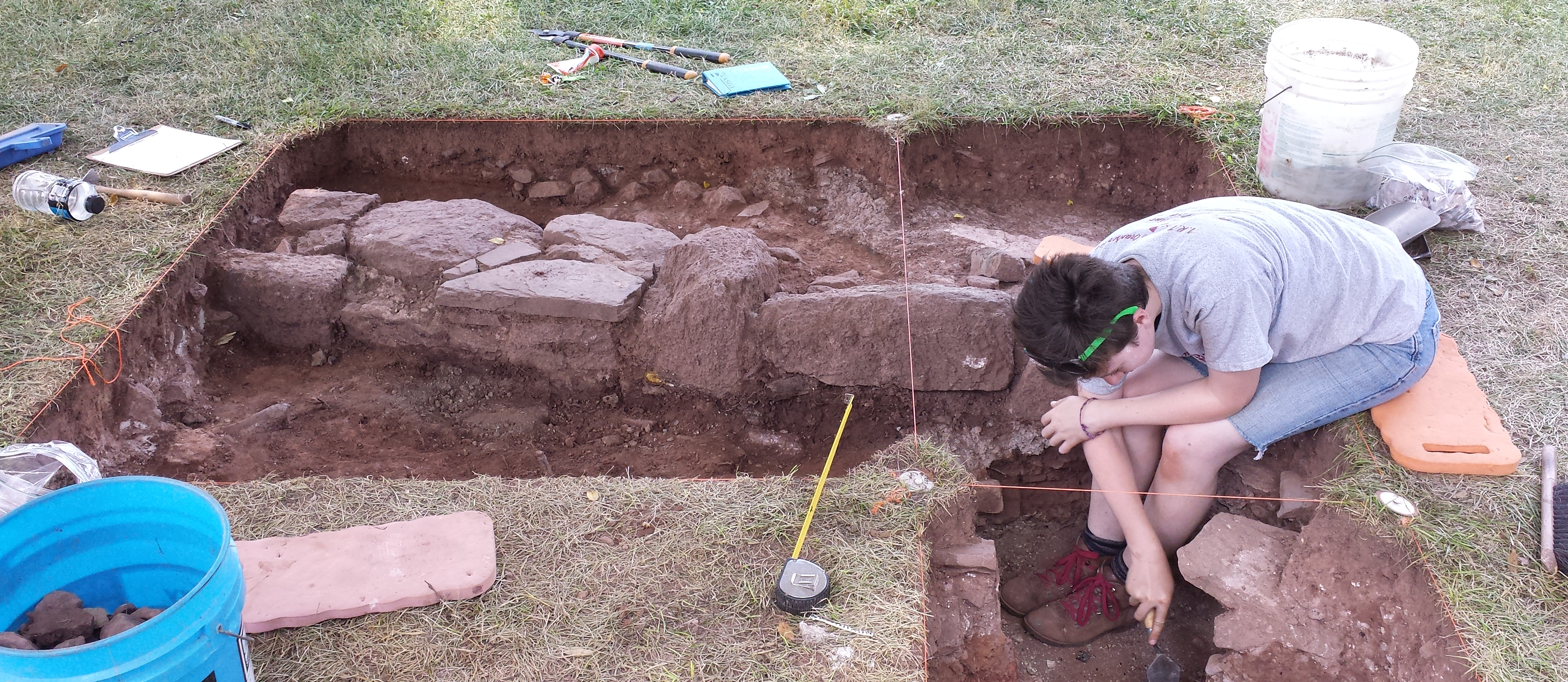
We offer a summer archaeology field school in partnership with Ursinus College. This intensive six-week course combines instruction in archaeological methods and theory with hands-on excavation training and experience. Through assigned readings and classroom discussions, on-site training and experience, and weekly laboratory study, field school students will learn historical archaeology techniques and develop the ability to identify and interpret discovered artifacts and place archaeological information within a cultural/historical framework.
The field school typically runs on a Tuesday through Saturday schedule. Saturdays include public archaeology days with community members and public events.
Non-Ursinus students are encouraged to enroll in the course for credit.
The course title is ANTH/HIST-385 Historical Archaeology Field School and it includes six semester hours. The course registration fee is $2,250. Limited housing may be available to enrolled students at that cost and meals may be available at additional cost.
Please contact Professor Kate Davis at [email protected] for inquiries regarding the field school.
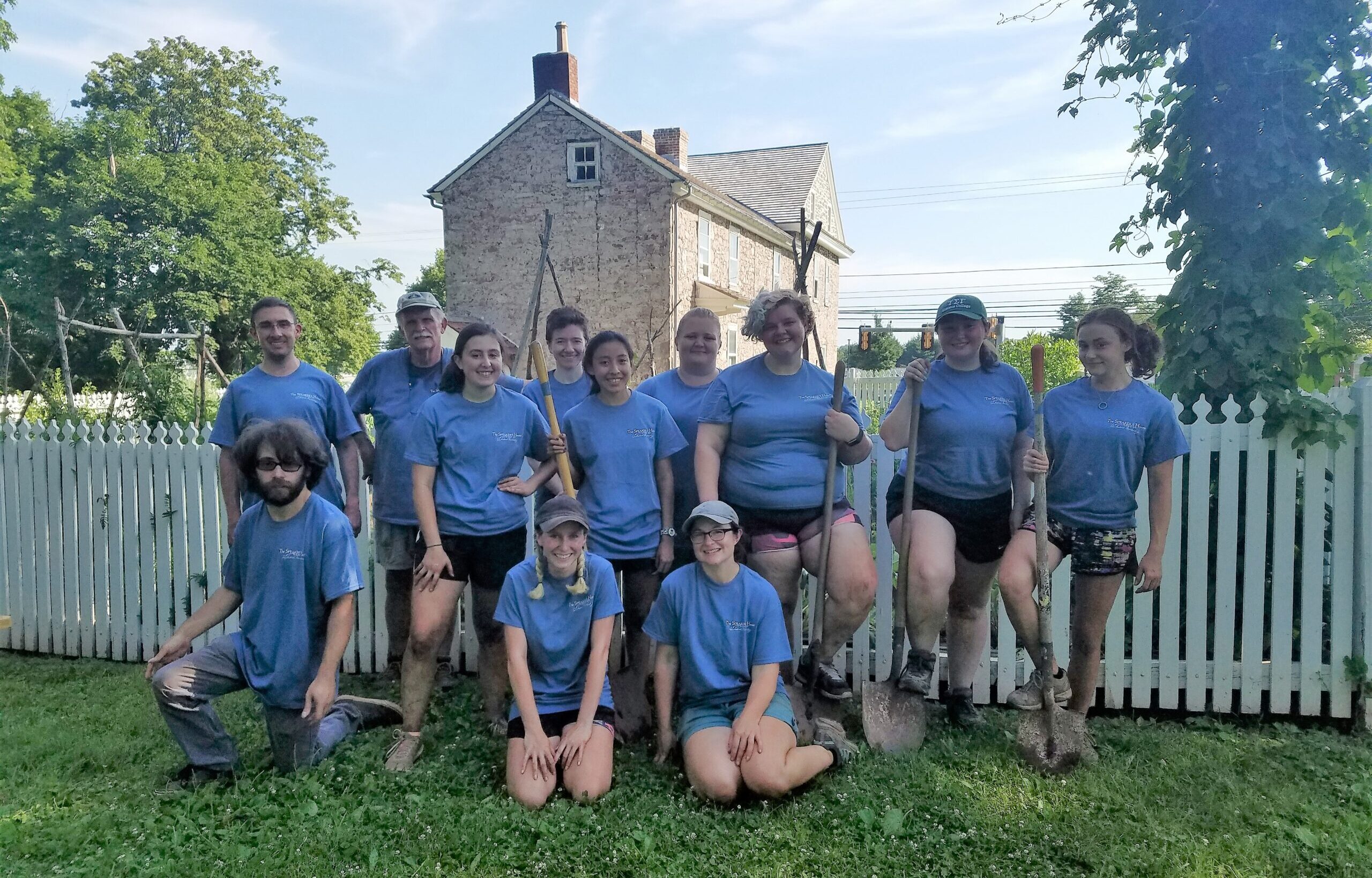
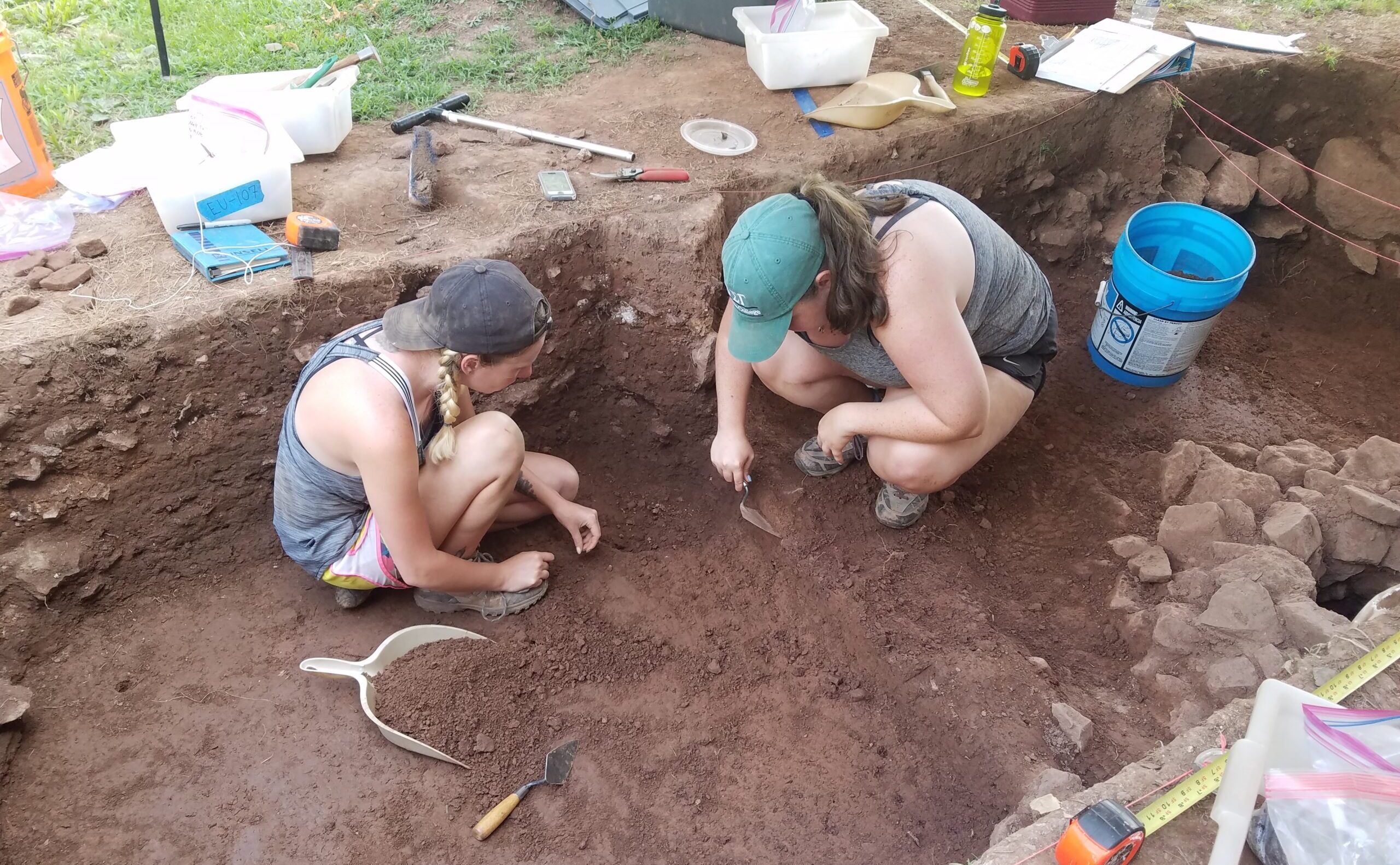
Artifacts from The Speaker's House Archaeology Field School
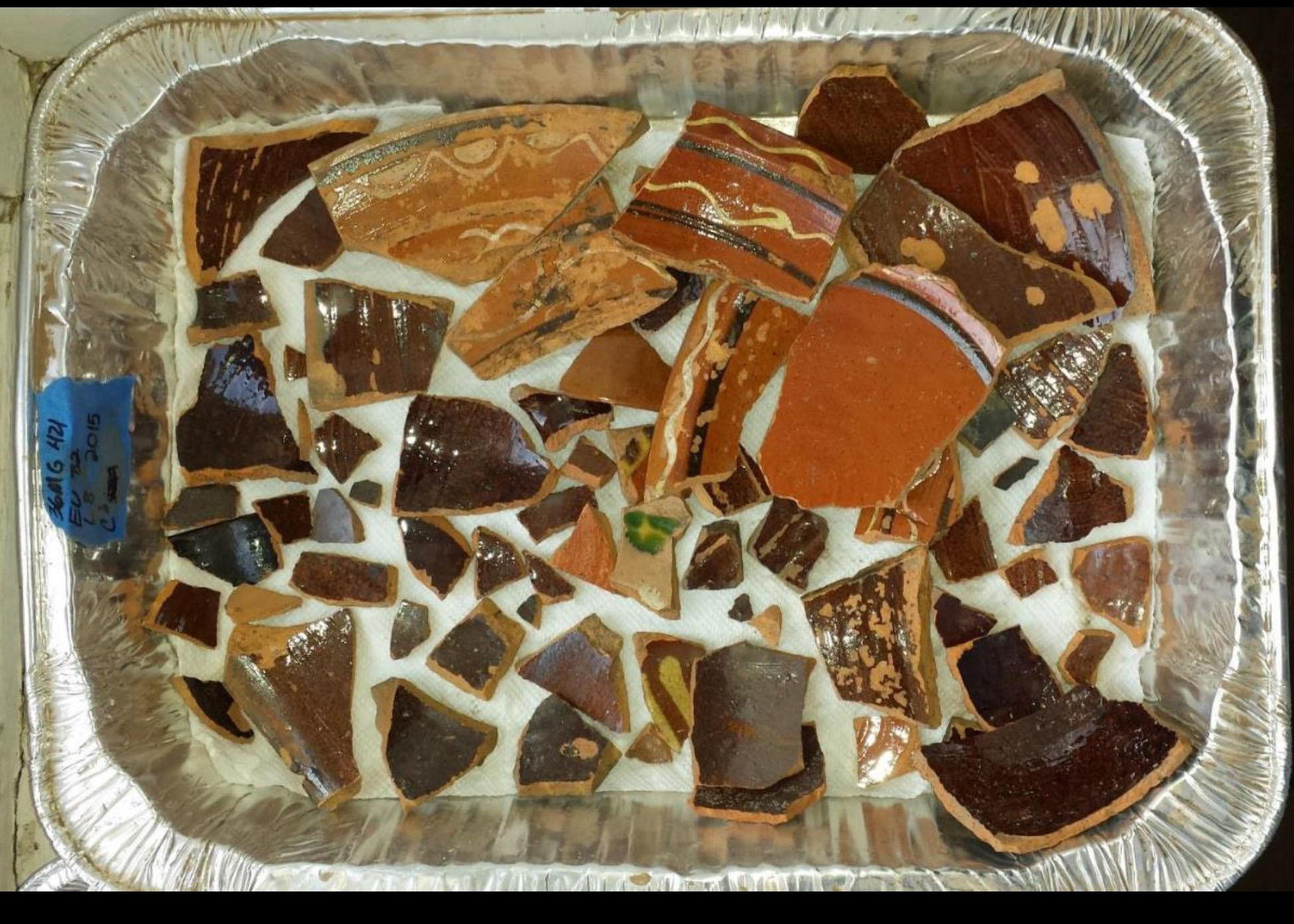
Artifacts provide information about daily life, including what people ate, the kinds of ceramics and glass they used, and even the type of nails they used to build their houses.
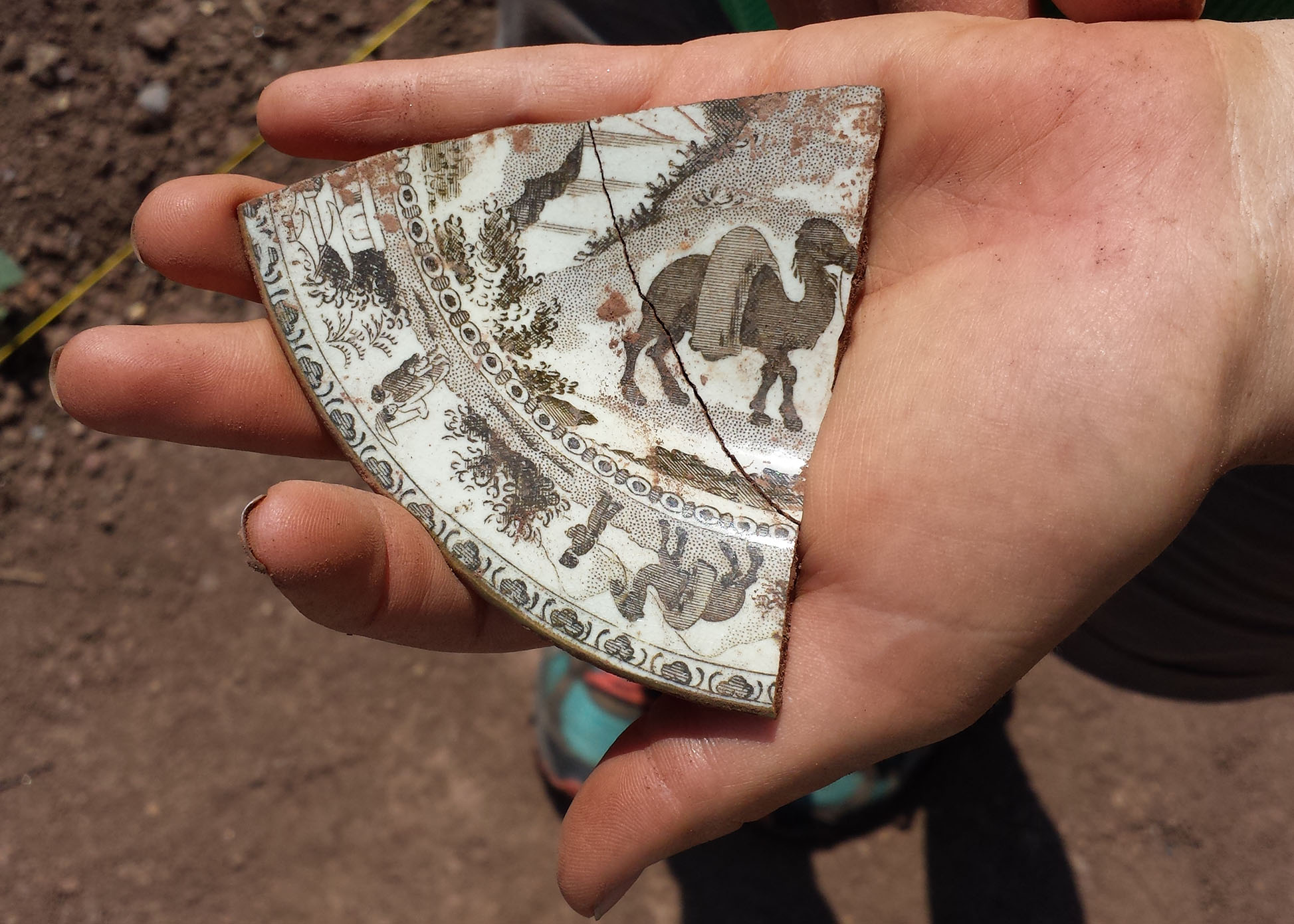
Fragments of a small plate decorated with a transfer printed design of camels and pagodas were found during the 2015 field school.
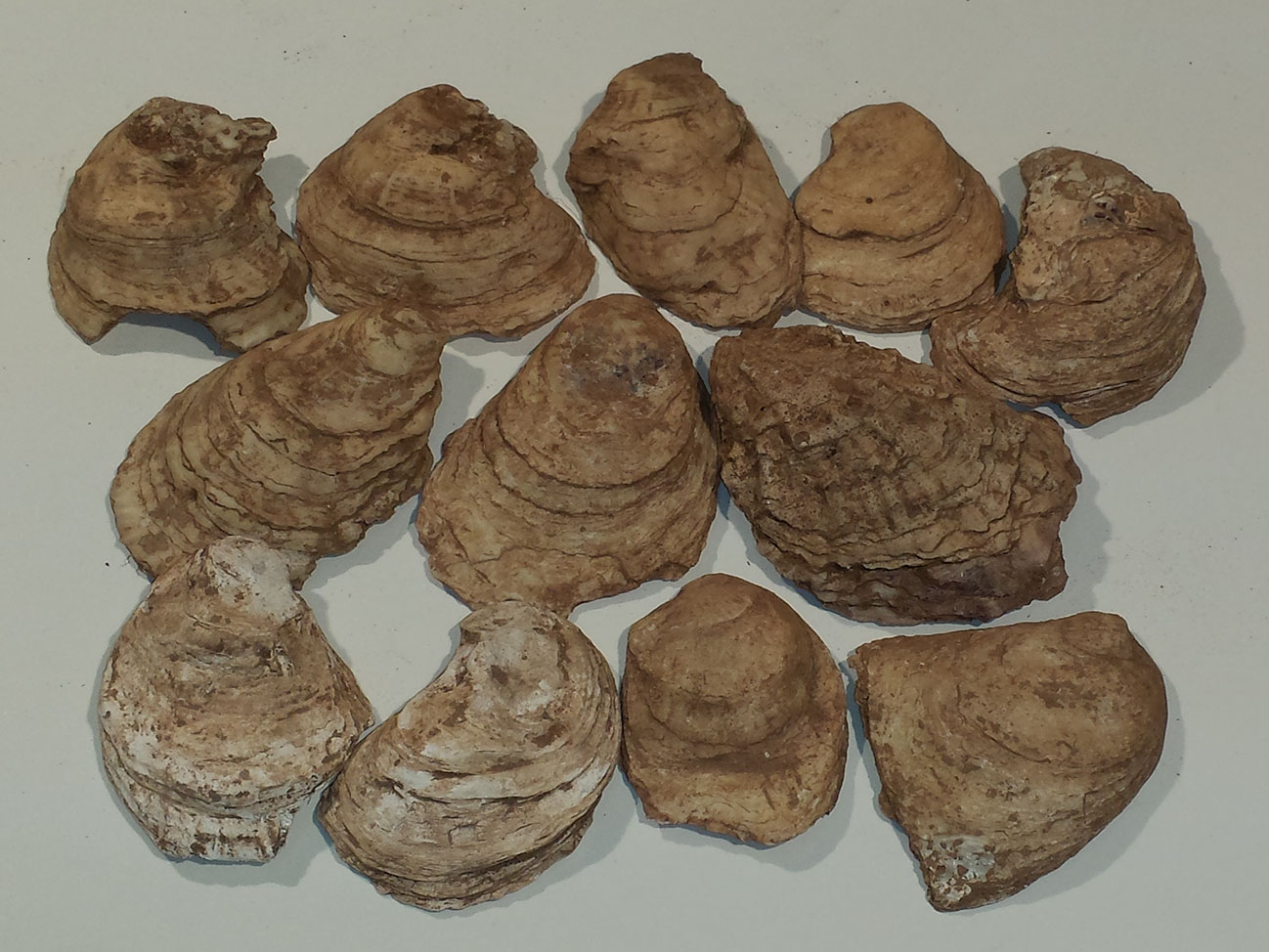

This large section of a dinner plate rim was found near the kitchen door. It dates to the 1760s and may have been used by the Muhlenberg family. The plate was made in England of white salt-glazed stoneware and is more refined than the local red earthenware pottery.
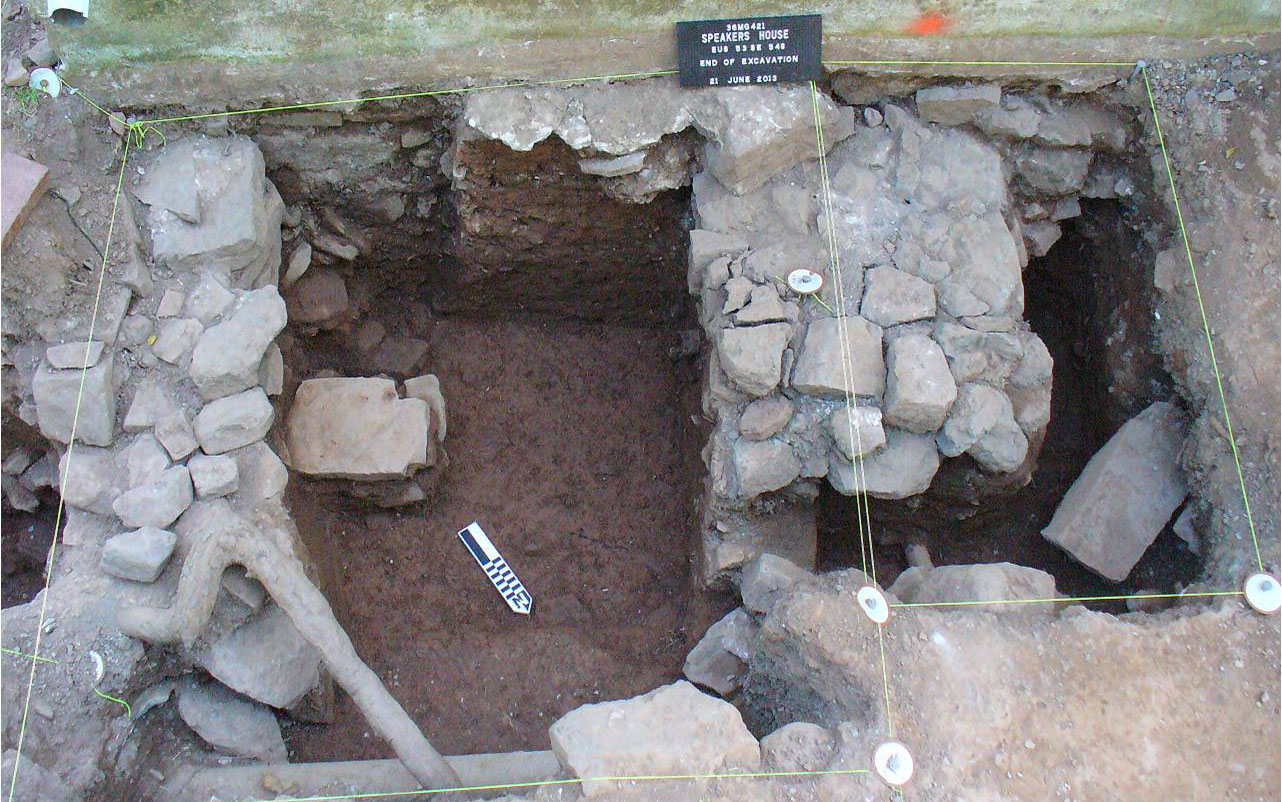
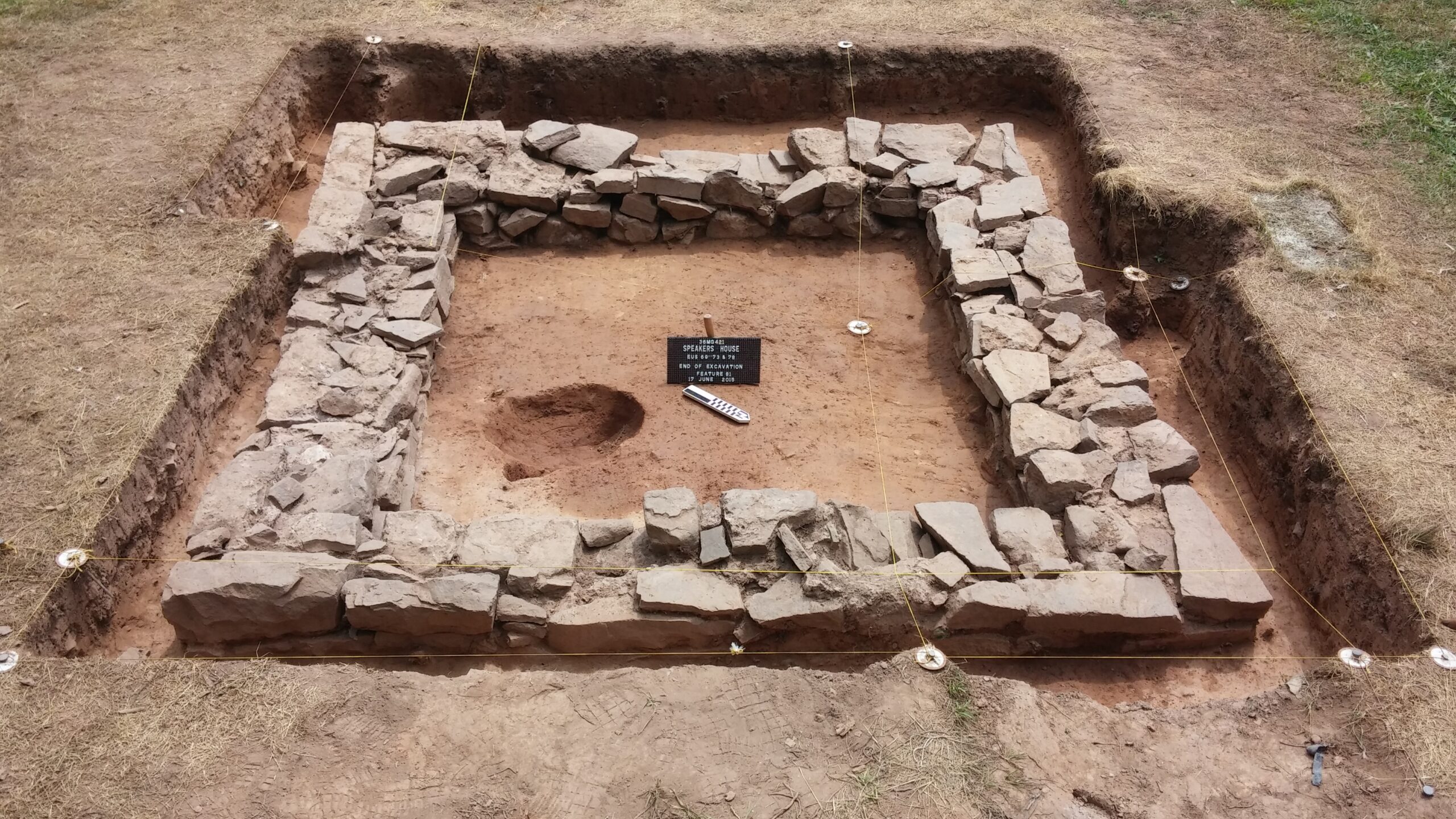
The smokehouse foundation was discovered while shovel testing an area of the back yard to make sure it was clear of any archaeological features prior to the installation of the kitchen garden. Ground-penetrating radar (GPR) had not indicated any subsurface anomalies, but the field school conducted shovel tests in the area to make sure. Surprise! We discovered two outbuilding foundations. The first is a smokehouse, measuring about 10 x 10 feet. The second is an outhouse, or privy. After excavation, the two foundations were rebuilt above grade and the units backfilled. Both structures will eventually be rebuilt as part of the property's restoration.
